Summary

How Land is Used
Here is an parcel of land. How should we use it? We can place a school, or a community centre, or a home for the elderly, or a mall, or a factory, or even a play field. Perhaps it can be used as farm land. What would you do with this parcel of land?
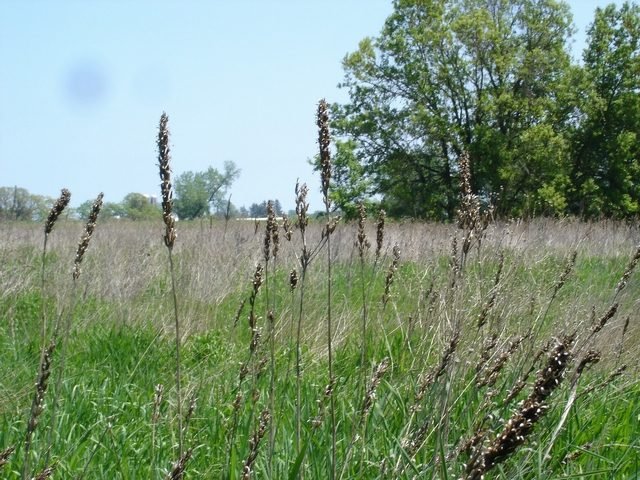
You will use that parcel of land according to your basic need. We use land around us to satisfy our basic physiological needs: food, water, shelter or enjoyment.
We use land for mainly farming, grazing, forestry, wildlife, tourism, urban development, transport infrastructure, and other means. Therefore, land has three main purposes, they are : residential, commercial and industrial land.
Land use concerns the way land is managed and changed for the human population. Land use is defined as: “the total of arrangements, activities, and inputs that people undertake in a certain land type.”
Types of Land Use
Land use refers to what can be built on the land or what the land can be used for. It means that we purposely determine what sort of activities will be undertaken on the land. We will focus on common uses of land. They are recreational, transport, agricultural, residential and commercial.
Recreational
Land can be used as a space where you enjoy a number of activities such as a play field for athletes, a swimming pool, park for relaxation or exercise, and a school playground for children. Some city and town planners include land for recreational purposesin their blueprints. This makes sure people have a place to go and enjoy some of their favourite activities.

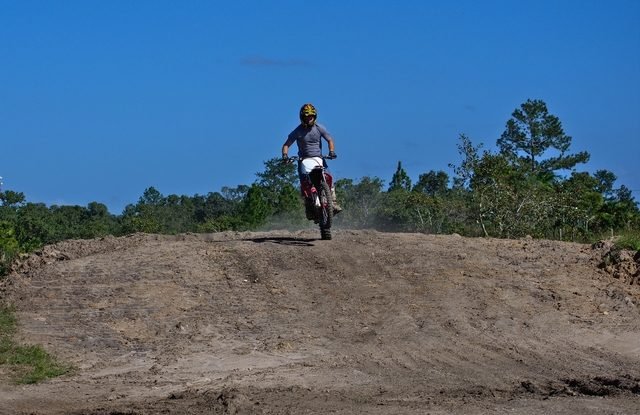
Transportation
We need to get around, and so land is set aside for roads, highways, airports, train stations and subway stations.
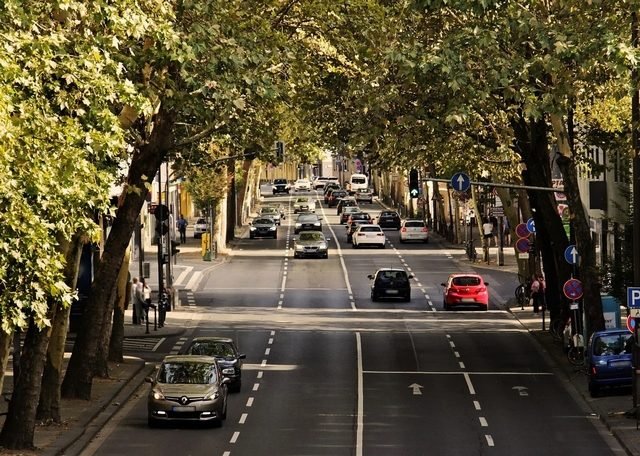
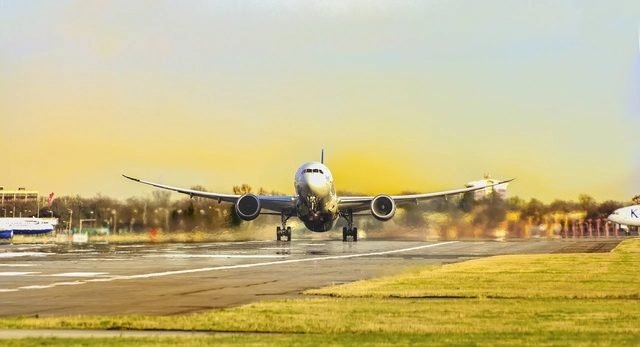
Agricultural
We need to eat to survive. Agricultural land is used for farming, ranches, and pastures. Farmers need land for crops and their livestock.
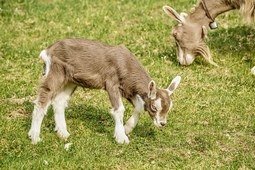
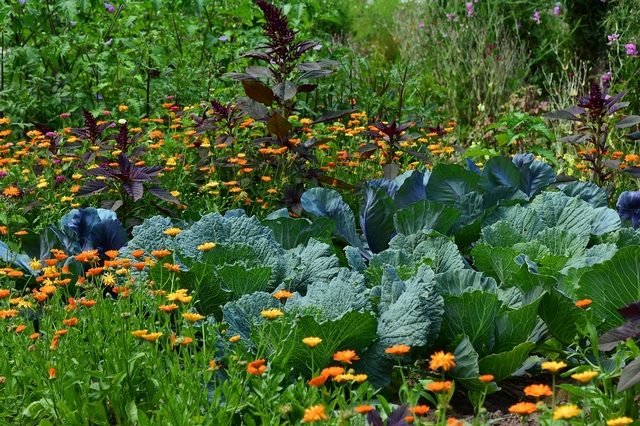
Residential
We need land to build our homes, apartments, complexes, and single family homes. Where homes are, you will also need to consider the community needs for schools, parking lots, police stations, libraries, etc.
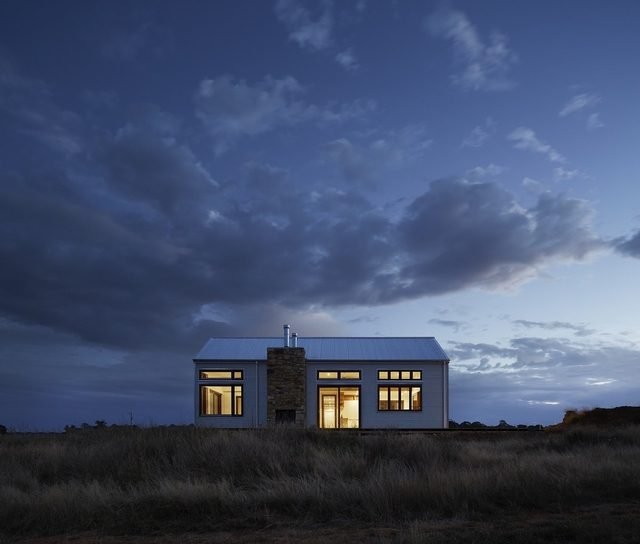

Commercial
Land is used for commercial means. Land is set aside for businesses, warehouses, shops and any other infrastructures related to commerce. Land is used to build office buildings, restaurants, shops and other businesses.
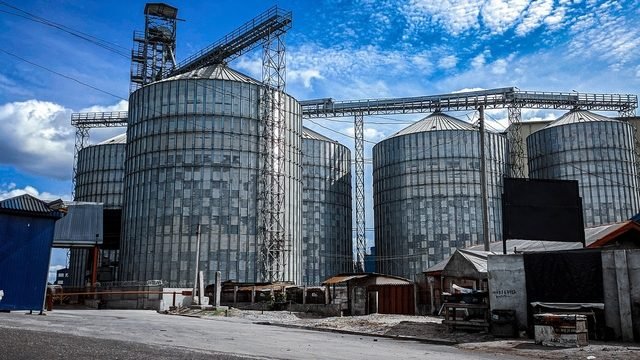
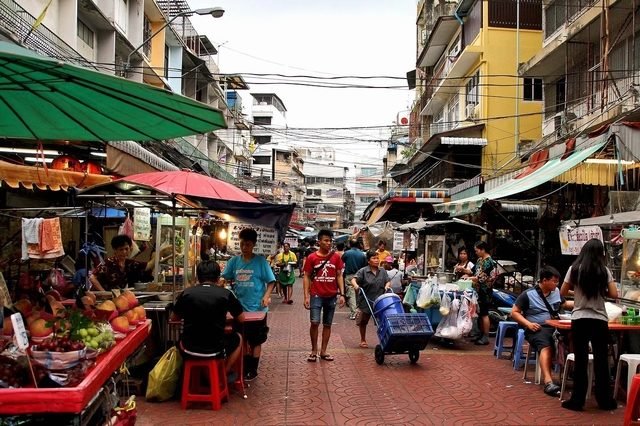
Land use and Pollution
In Trinidad and Tobago, land use is controlled by the Town and Country Planning Act. This act aims to preserve and improve the use of land in both urban and rural areas. Also, the Environmental Management Authority also seeks to protect, conserve, enhance and encourage the wise use of the land. This authority seeks to protect the environment from pollution.
Pollution is the introduction of any harmful material into the environment. Such materials are called pollutants. Urban areas are more polluted than the countryside. however, pollution can spread into areas that are not being used.
Air Pollution
Air pollution is invisible, but we know it exists when we see dark smoke coming from factories, and vehicles. Cars and and factories produce many common pollutants, nitrogen oxide, sulfur dioxide, and hydrocarbons. These chemicals react with sunlight to produce smog, or a thick fog, or haze of air pollution.
Smog makes breathing difficult for children and older adults. Gases: nitrogen oxide and sulfur dioxide mixes with moisture and change into acids. It fall back to the earth as acid rain. Acid rain kills the trees in a forest, and when it ends up in the lakes, streams and waterways, fish cannot survive the water. Acid rain wears away at marbles and stones, thus damage homes and important man-made structures. Governments have good reason to pass laws that will protect the air we breathe.
Land Pollution
All human activities affect the land we need and depend on.
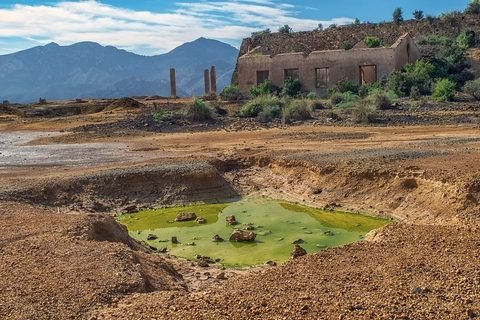
Mining, leaves exposed land contaminated with dangerous chemicals. the improper regulation of the use of pesticides and fertilizers can damage our agricultural fields and contaminate the food we eat. Pesticides in our fruits and vegetables can cause cancer and other diseases.

Landfills are massive and unsightly. They can harm the animals when they mistakenly eat plastic. If we fill up our landfills too fast we will run out of places to dump trash. Landfills can also leak pollutants into the ground water and into the aquatic food system.

Landfills
Landfill sites in Trinidad and Tobago are managed by the Trinidad and Tobago Solid Waste Management Company Limited SWMCOL. These sites are located in Beetham, Forre park and Guanapo.
Waste management system in Trinidad and Tobago needs improvement. Many people mindlessly dispose of waste. The population is growing and the government must put these measures in place. Trinidad generate one of the highest amount of trash in the world. This country generate 14.4 kg per capital per day.
According to a study in 2010, The households in Trinidad and Tobago produce the following types of wastes: organic material (27.15%), plastics (19.17%), paper (18.77%) and glass (10.15%). There is no segregation of waste in households and the majority of these wastes enter the landfills.
The population of 1.3 million inhabitants, had a waste generation rate of 700,000 tonnes on an annual basis. At this rate, by 2020, the country will be generating 1.4 million tonnes of municipal solid waste per year.
Review what you have learnt.
Worksheets
Rural and Urban Settlement
There are two forms of human settlement: rural and urban.
Urban refers to a settlement where the population is very high and has the features of a built environment.
Rural refers to an area located in the outskirts, or outside the boundaries of the city, commercial and industrial areas, such as villages and hamlets.
The settlements in Trinidad and Tobago have change drastically over the years. The videos below you life in both rural and urban settlements in Trinidad and Tobago.
Modern Trinidad
Video showing the capital, Port of Spain.
Highways in Trinidad
Video showing rural village in Trinidad, Paramin.
Rural life in Trinidad
You would have observe from the videos that city, town and suburban life has the following characteristics:
- Life is fast and complicated.
- Most jobs are non-agricultural, such as trade, commerce or services.
- The area is densely populated.
- More planning was involved in its development.
- Not much contact with nature.
- There are better employment opportunities.
- Greater access to various amenities such as transportation facilities, entertainment, education, and health facilities.
- More pollution exist due to large scale industrialization and means of transportation. This can lead to increasing health problems for people living in this area.
Characteristics of a rural life in villages:
- Life is simple and relaxed.
- People living in villages have more contact with nature.
- Most jobs in the rural village are on agriculture and rearing of livestock.
- The population size is small.
- There is little planning for its development. The area was developed based on natural vegetation and fauna in the area.
Worksheets
Click on the links below to download the worksheets.
